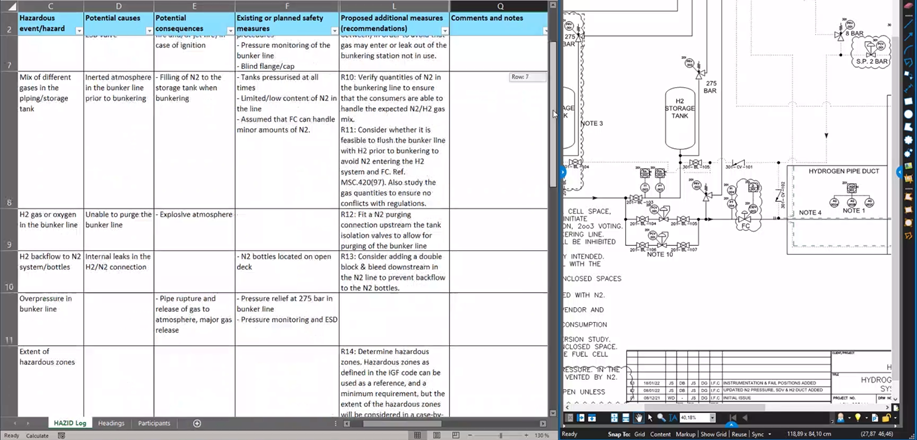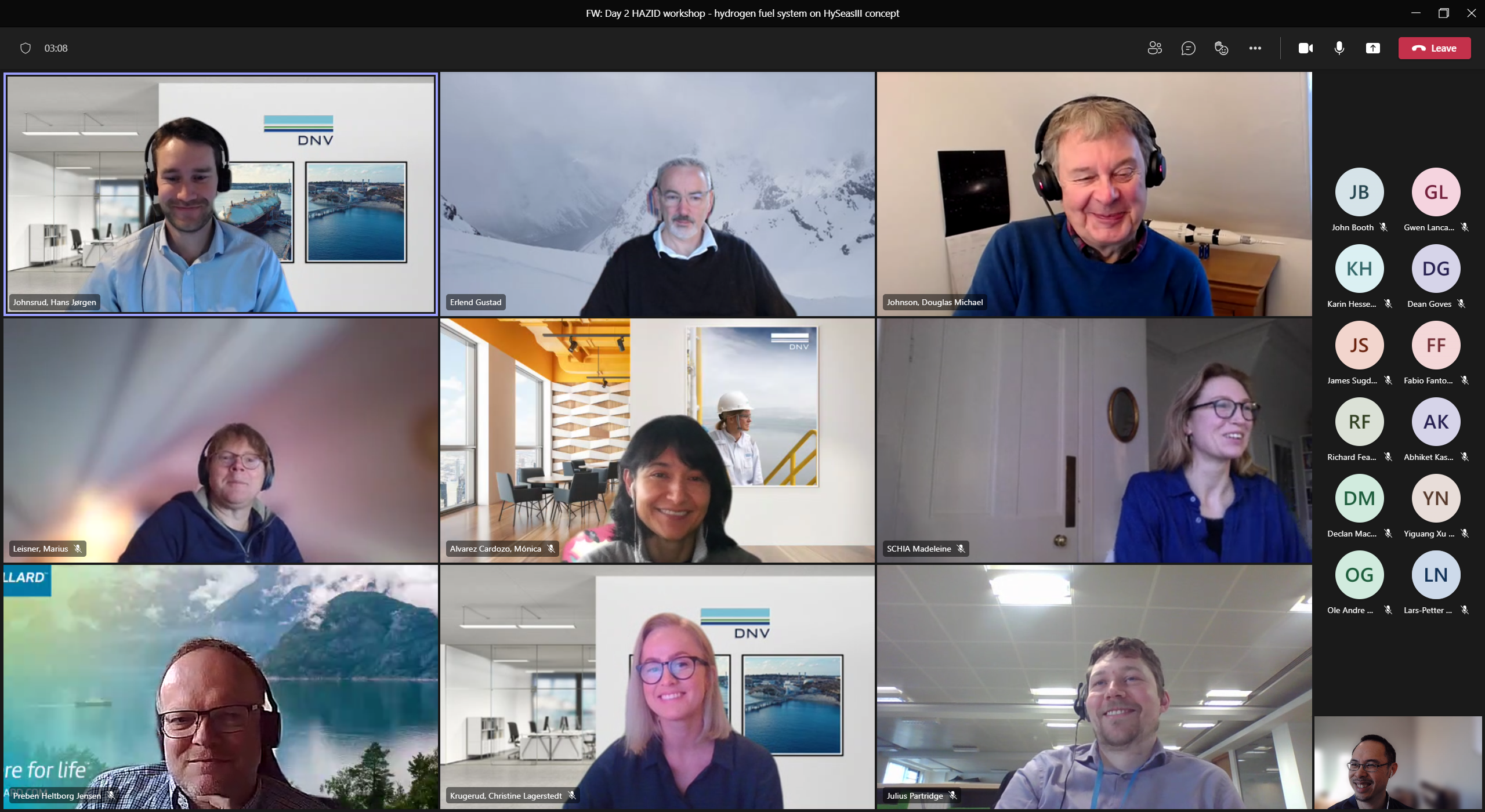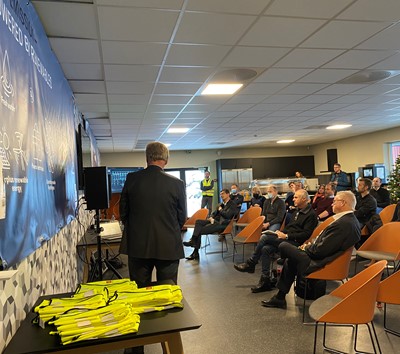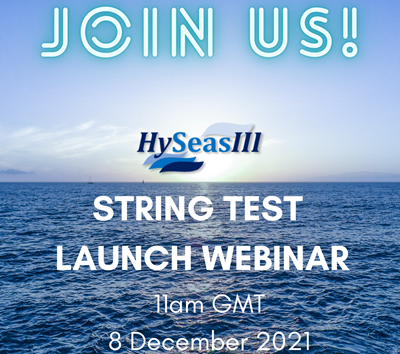As part of the process of ship design and obtaining approval-in-principle for a hydrogen fuel cell powered ferry, a HAZID workshop was held on 20-21 January 2022, facilitated by the class society DNV, together with HySeas III consortium partners and the ship designers AqualisBraemar LOC (formerly Longitude Engineering).
A HAZID is a structured approach based on documents and drawings, as basis to identifying risks and hazards involved with operation or the use of equipment and/or systems. The key objectives of the HAZID are as follows:
- To identify hazards and hazardous events that may give rise to serious and immediate risk to personnel, environment, and assets;
- To identify causes and consequences of hazardous events;
- To identify preventive and mitigating measures (e.g. measures to prevent the hazardous events from occurring and engineering or operational controls to help prevent escalation) that are already included in design for managing the risks associated with the identified hazards;
- To assess risks semi-quantitatively by using a risk matrix; and
- To recommend any potential new measures to be implemented in design and/or during operation.
The relationship between hazard, hazardous event, causes, consequences, preventative and mitigating measures can be summarised in a bow tie diagram.
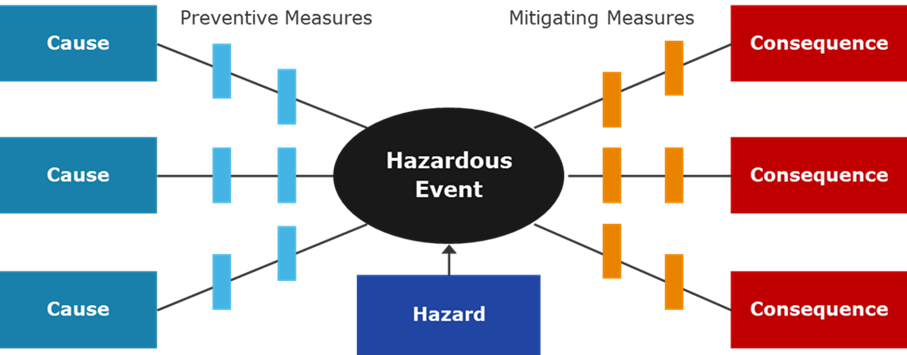
This particular HAZID study was designed to identify and qualitatively assess safety hazards related to the concept of utilizing compressed hydrogen gas (CH2) as fuel. The specific objectives of the assessment were:
- To evaluate the system’s ability to operate safely and reliable during different accident scenarios and potential failures, including identification of any potential “showstoppers”,
- To review the effectiveness of existing safety measures and, where required, to expand the safety measures as a means of establishing an equivalent level of safety, and
- To provide input to the Approval in Principal (AiP) process for the CH2 fuel system.
An introduction to the HAZID objectives and methodology was provided by DNV, followed by an overview of the design of the vessel and fuel system from Longitude. Ballard provided an overview of their fuel cell system, and the discussion also drew on actual implementation experience from Kongsberg and Ballard at the string test site in Ågotnes. The HAZID covered both bunkering operations and normal operation, and considered the H2 storage, fuel supply piping, fuel cell room, pressure relief system, vent mast, bunker station and bunker line.
The general arrangement and a range of P&IDs were used as the basis for the workshop.
